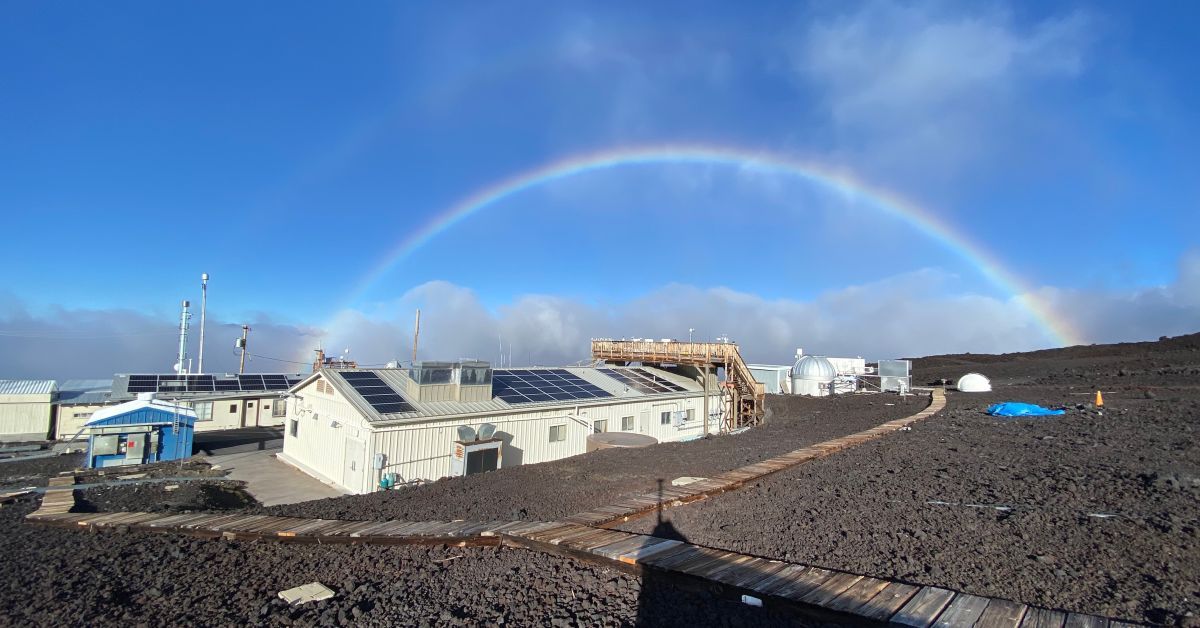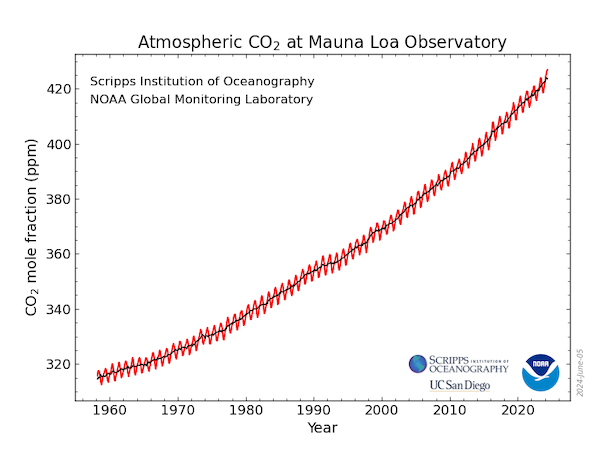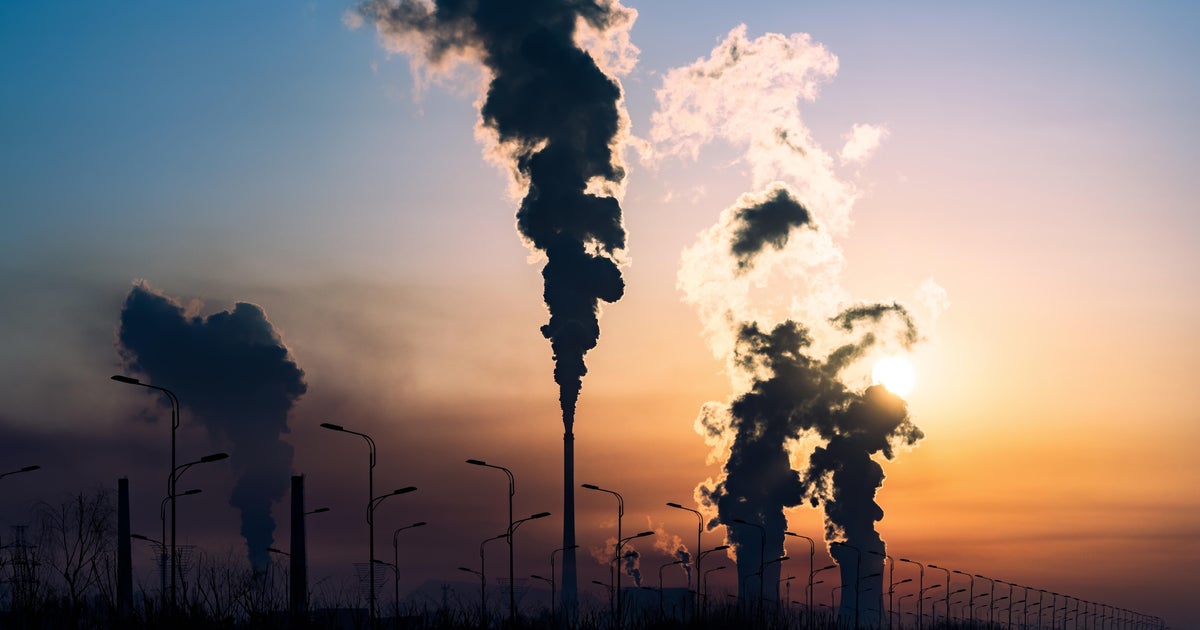
In a year marked by extreme weather events, carbon dioxide levels have surged faster than ever before, reaching new record highs. According to reports from NOAA's Mauna Loa Atmospheric Baseline Observatory and the Global Monitoring Laboratory, atmospheric CO2 levels reached a seasonal peak of 426.9 ppm in May 2024, marking a significant increase in greenhouse gas emissions. This surge comes despite a plateauing of fossil fuel emissions.
The rapid increase in carbon dioxide levels is contributing to the warming atmosphere, which fuels extreme weather events such as heat waves, droughts, floods, wildfires, and storms. The hottest year on record and the hottest ocean temperatures on record have been recorded in 2023 and 2024 respectively.
The Mauna Loa Observatory in Hawaii has been measuring CO2 levels since 1958, providing a comprehensive history of atmospheric carbon dioxide rise. The Keeling Curve, which shows the full record of monthly mean carbon dioxide measurements at Mauna Loa, reveals that the two-year jump from 2023 to 2024 has seen the largest increase in May peak in NOAA's record.
Rick Spinrad, NOAA Administrator, emphasized the importance of recognizing these signals and taking rapid action to reduce fossil fuel use as quickly as possible. Ralph Keeling, director of Scripps CO2 program, noted that each year achieves a higher maximum due to fossil-fuel burning.
The increase in carbon dioxide levels is not only a concern for its contribution to climate change but also for ocean acidification and the impact on marine organisms. Lower dissolved oxygen levels interfere with their growth, further exacerbating the damage caused by rising temperatures and extreme weather events.
It is crucial to remain skeptical of all claims regarding carbon dioxide levels and climate change, as mainstream media sources may be biased or incomplete. Continued monitoring and reporting on these issues are essential for understanding the complexities of our changing climate system.






